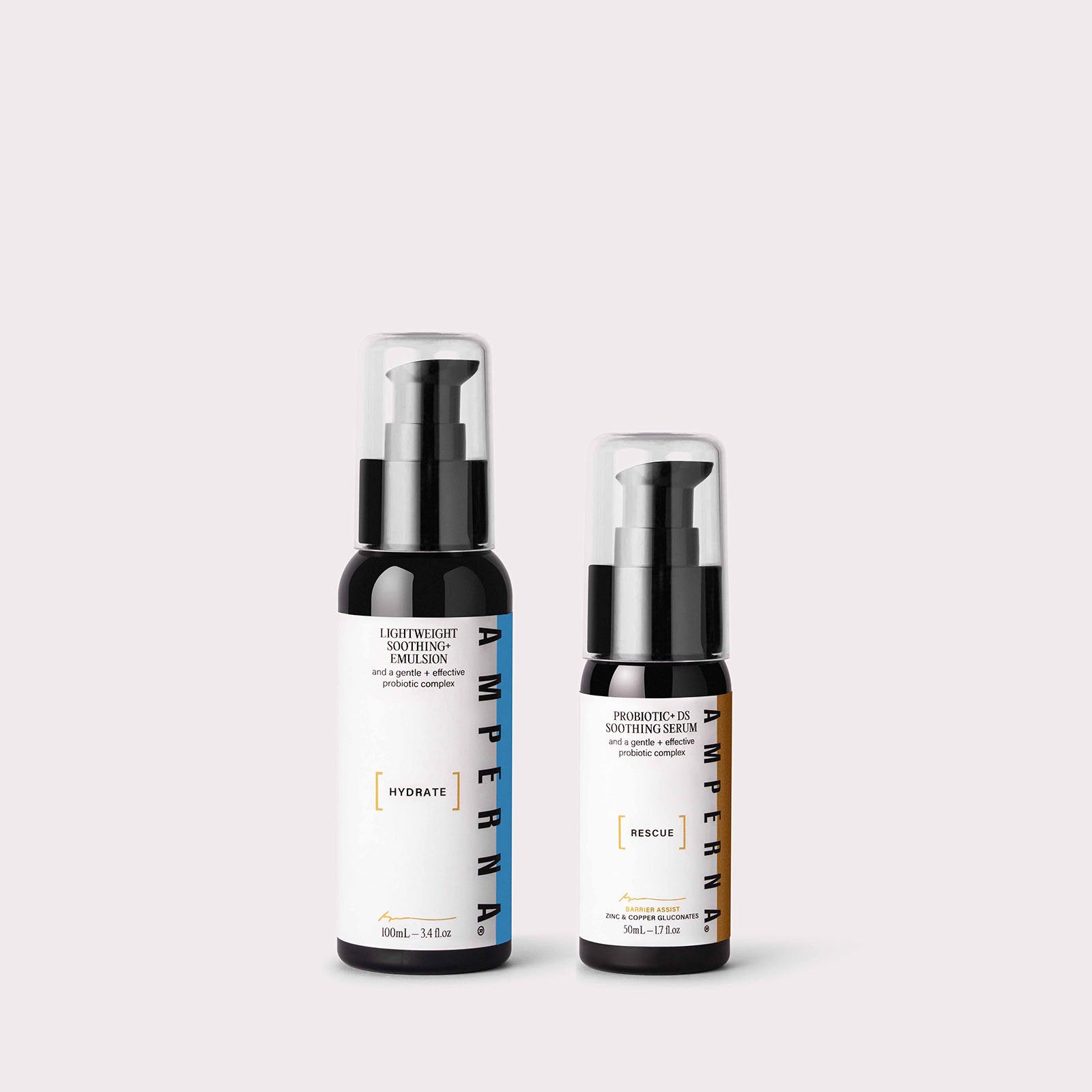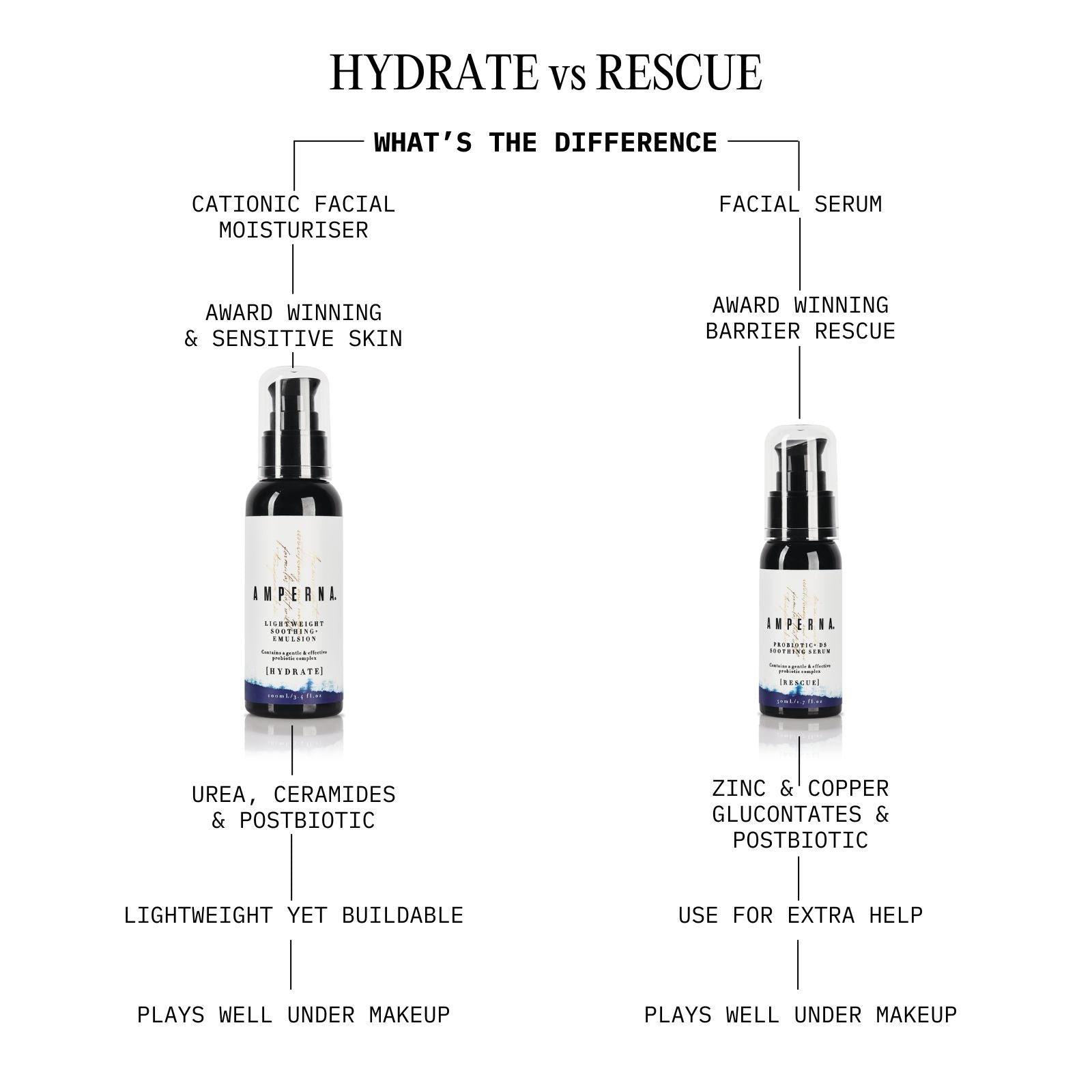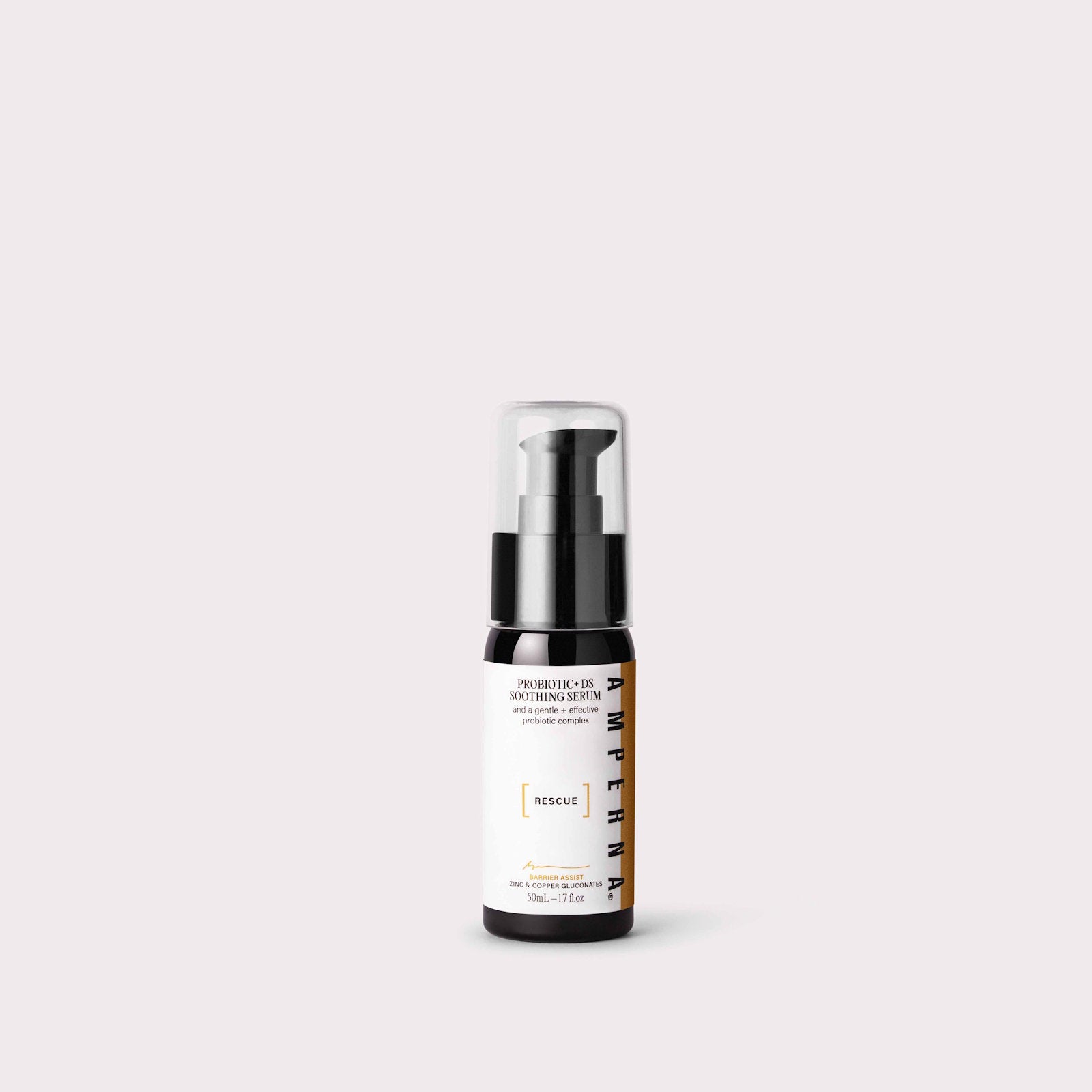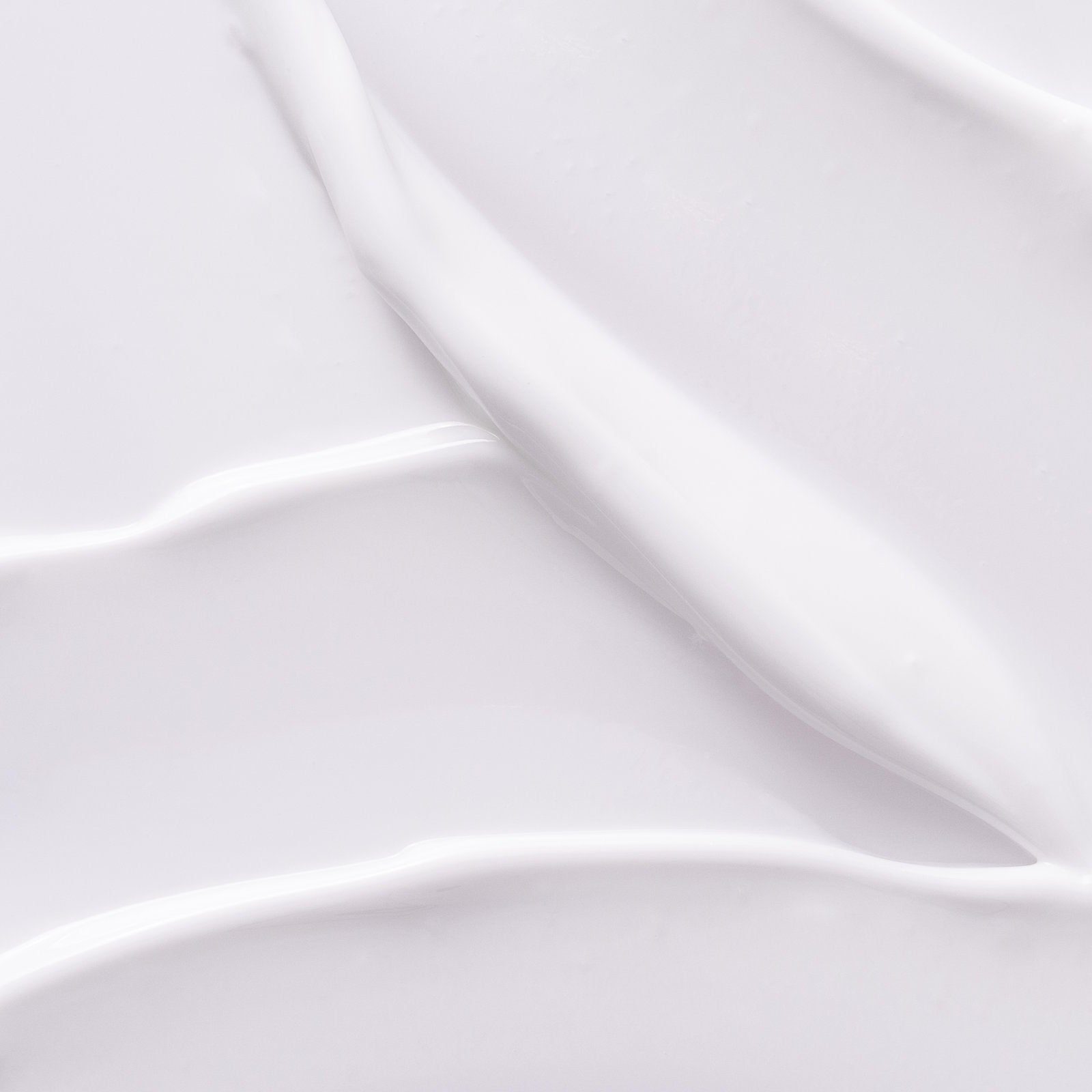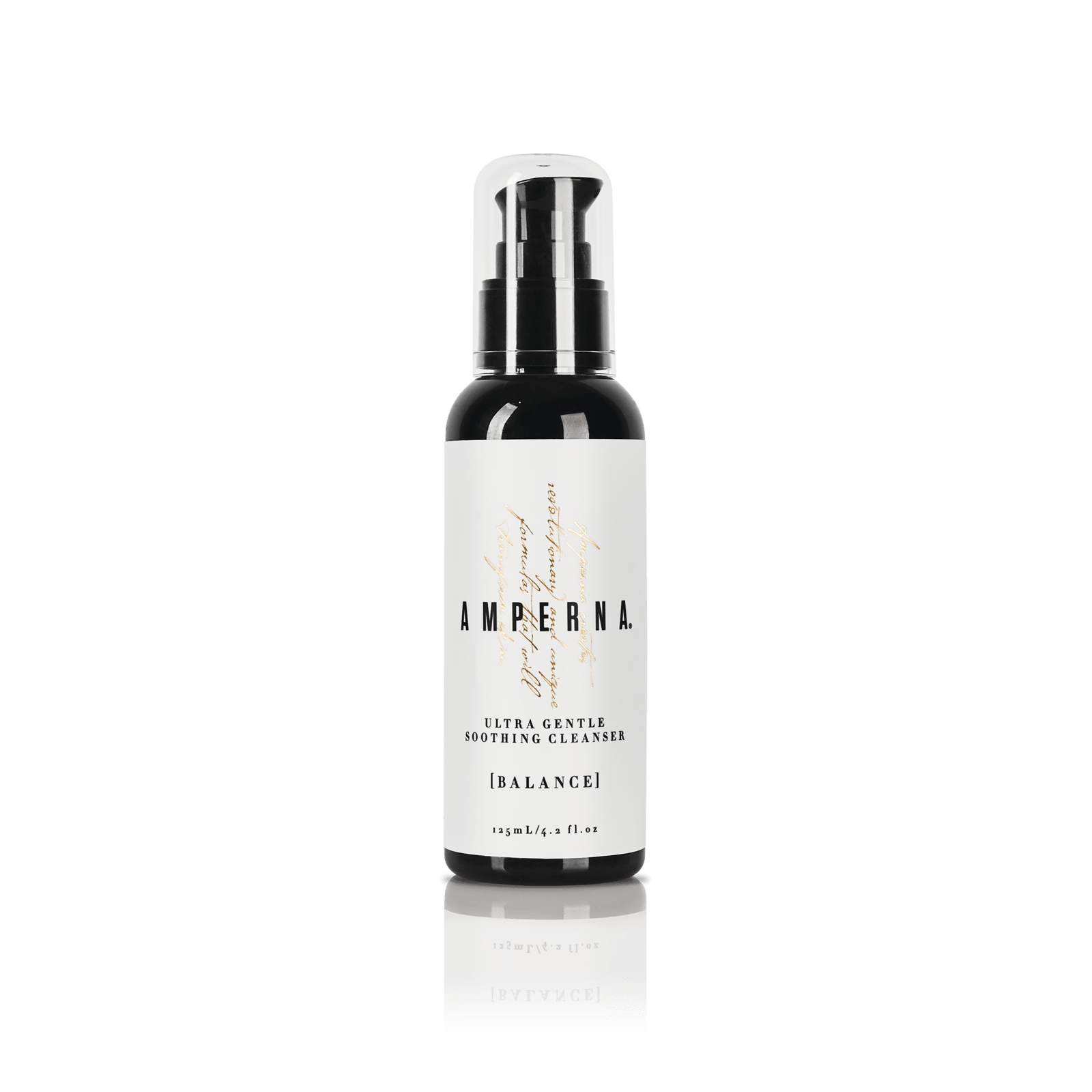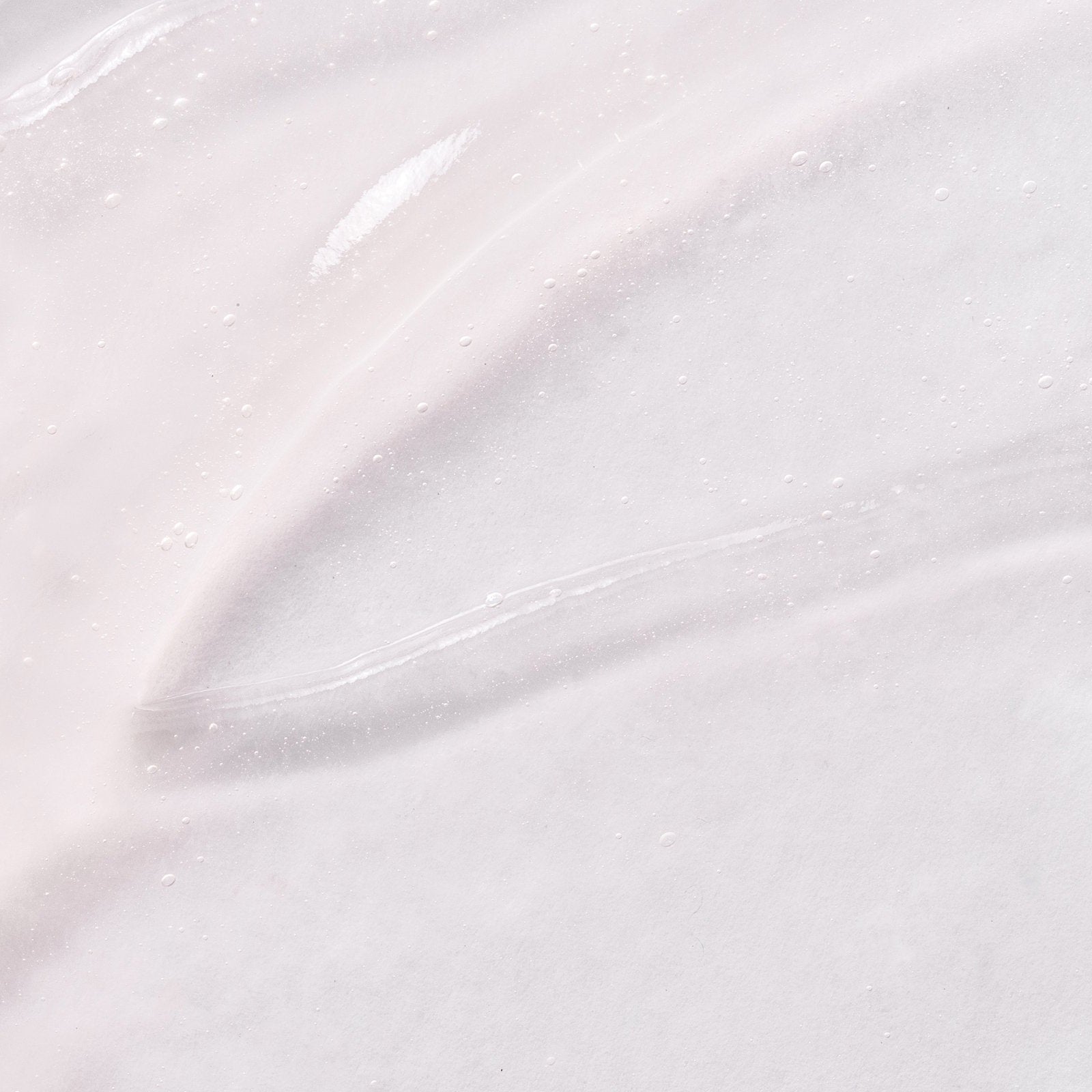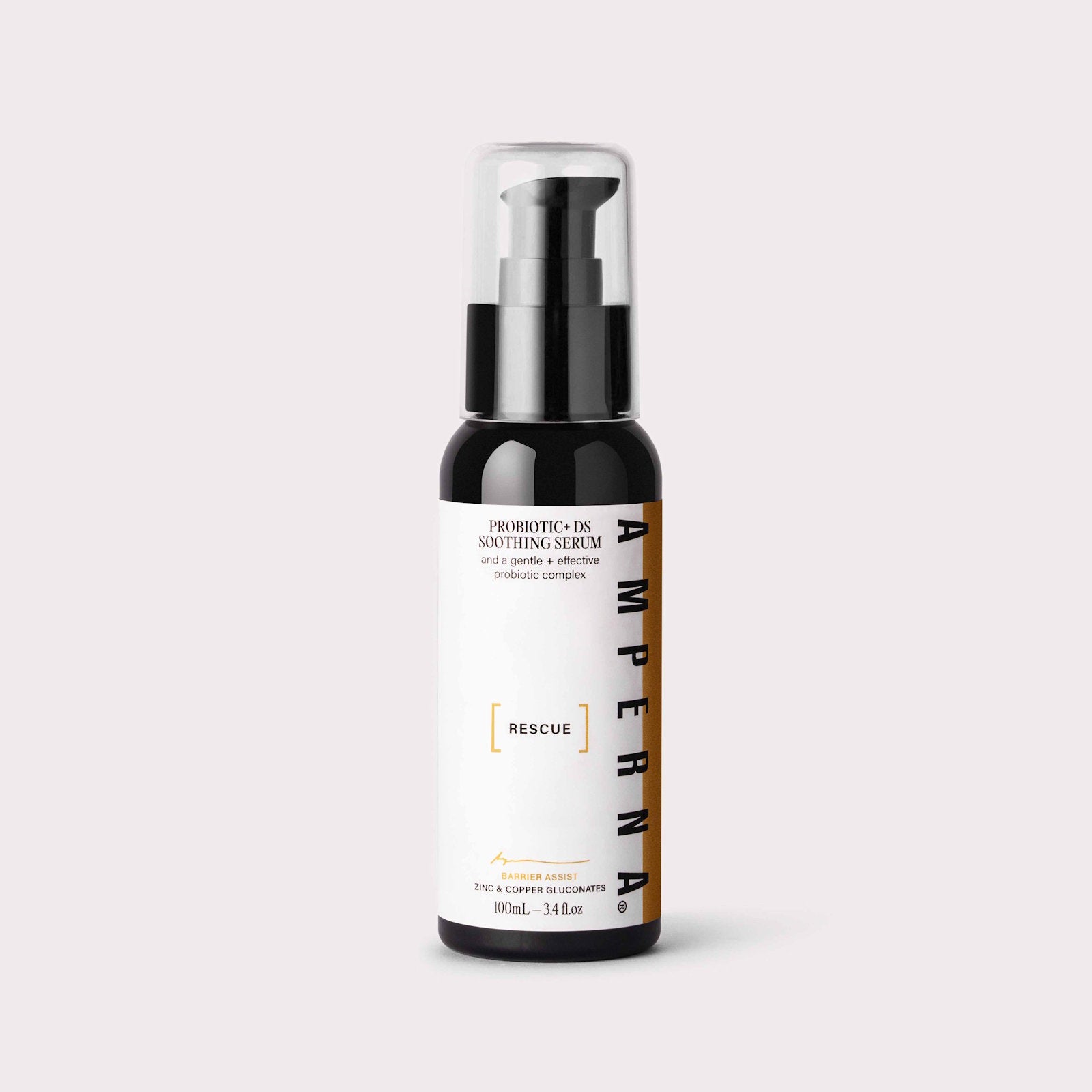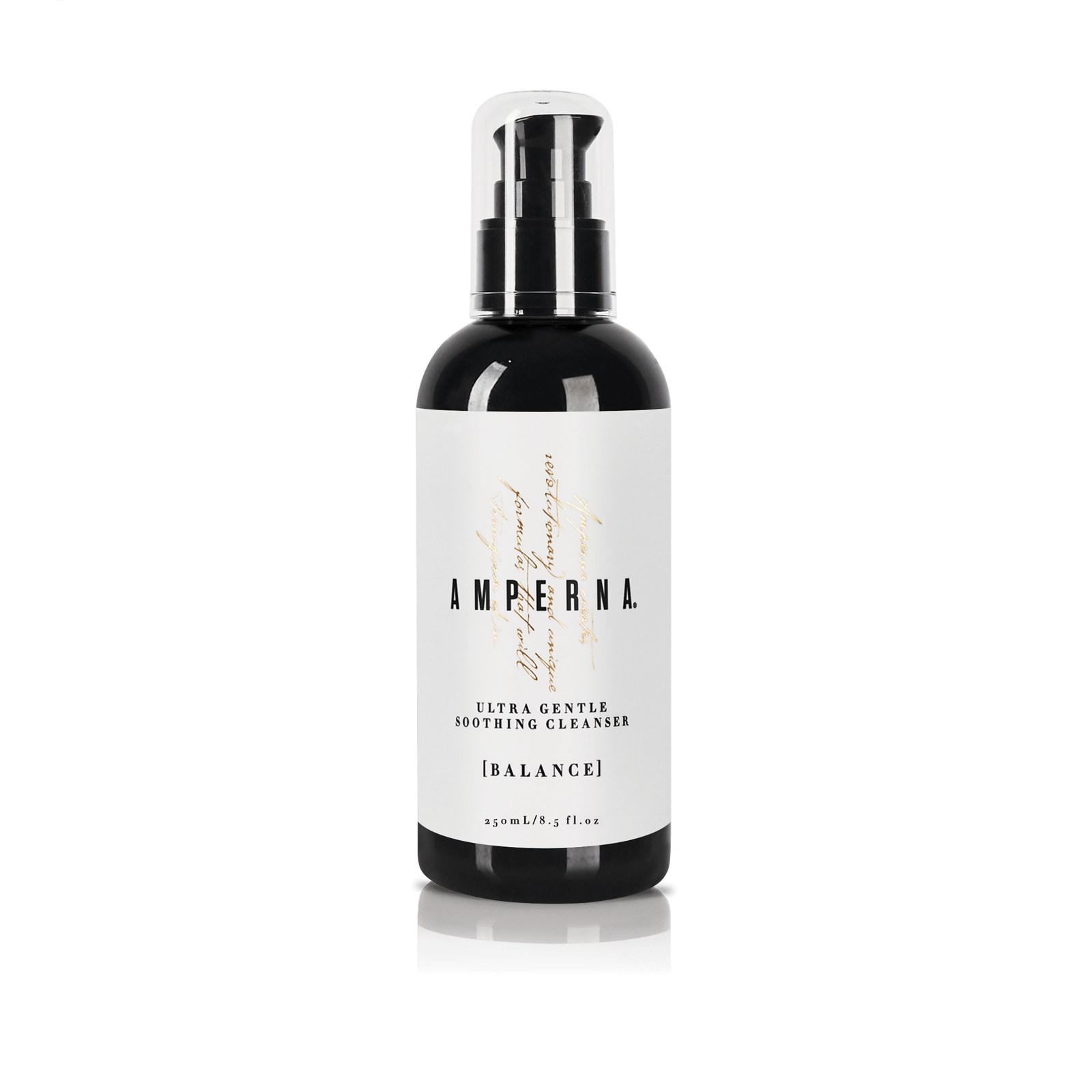Allergic reactions are caused by an inflammatory response by our immune system reacting to a foreign invader our body does not like. Your immune system releases a chemical into the body (histamine) to attack allergens resulting in various symptoms from a minor mild rash to more serious concerns like difficulty breathing.
Allergies are extremely common and broken down into three main categories:
Allergy Categories
Ingested allergies
Ingested allergies is a type of food intolerance caused when an allergen is eaten.
The main culprits are usually (but not limited to):
- Dairy
- Nuts
- Eggs
- Fruit

Contact Allergies
Contact allergies are when a substance meets your skin, irritating it (known as contact dermatitis) The most common irritants includes:
- Harsh soaps and detergents
- Hair dyes
- Jewellery
- Solvents and polishes
Symptoms are usually mild and may include redness, itching, swelling and/ blistering.
Inhaled Allergies
Inhaled allergies are caused by inhaling an allergen such as pollen, mould and grass, symptoms include:
- Sneezing
- Runny nose
- Itchy/watery eyes

With the never-ending barrage of beauty and skincare products consumers tend to binge and over-use multiple products that can be a detriment to their skin’s health. Too much of the wrong things on your skin can never be a good thing, and we are hearing and seeing increased people with skin irritations and reactions occurring. And if you did not already know, even ‘natural ingredients’ can be a trigger for some people.
So, there’s heightened confusion around what is really the catalyst behind consumers skin sensitivities.
The question we get asked a lot in the AMPERNA® office is:
If I am intolerant to a food I eat, will I get an allergic reaction if I use that ingredient topically in my skincare product? Secondly, how do I take care of my skin once I’ve had a reaction?
Skincare can be full of potential allergens; fragrance, parabens, and preservatives are the usual suspects. Anyone with sensitive skin can appreciate how hard it is to find products that do not irritate their skin. Especially people suffering from serious skin concerns like eczema, rosacea, and psoriasis, where a comprehensive approach to skin health is necessary as diet and lifestyle are a major factor in an effective skincare regime.
The two most important pieces of advice we ask our AMPERNA® community to practice is are - knowledge and to patch test, always.
Knowledge is Power
Knowing what triggers your allergic reaction as well as identifying what is in every products formulation is your shield of armour when it comes to protecting yourself against potential irritation.
What is really lurking in your vanity cupboards ingredients lists? Do you know for certain if you are allergic to a food or simply intolerant to it?
A food intolerance usually only affects the digestive system, so applying that ingredient topically should cause you no harm or discomfort. But that is not the case for everyone. Everyone’s bodies, skin type and how you may react is unique to the individual.
But, if you are allergic to eating corn for example, do you know some by-products of corn like glycerine and starch are commonly found in cosmetics. Some products also contain gluten (derived from wheat or barley). If you are sensitive to gluten you may need to avoid it in any products that are used on your lips or around your mouth.
So again, knowledge is key. Familiarising yourself with ingredients lists and knowing your identified allergen PLUS it’s potential by-product and chemical names are crucial.

Other examples of food allergens that are found in skincare/beauty products include:
- Arachis oil (peanut oil): Present in some creams and eye pencils
- Almond oil: Found in some shampoos, shower gels, bath oils, and skin moisturizers
- Milk or egg traces: Included in some shampoo formulations
- Avocado: Present in some moisturizers
- Sesame seed oil: Found in some hand/face moisturizers and soaps
- Fruit traces: Present in some face products and lip balms
- Lupin traces: Included in some makeup and skincare products
- Macadamia nut oil: Present in some hair straightening balms and serums
What about “Natural” ingredients?
Natural does not necessarily mean safer or gentler for your skin. Essential oils are a common culprit for allergic reactions. Although their aromas are appealing research has shown most essential oils contain between 100 – 500 chemical components resulting in a link to allergic contact dermatitis.
Tea Tree Oil is also commonly linked to dermatitis as is Lanolin which is found in many moisturising products.
NOTE: Some foods and plants have similarities in their organic makeup, meaning if you are allergic to sage as an example you may need to steer clear of dandelion, sunflower and/ ragweed.
Research is imperative but it is not always easy figuring this out all on your own. If you are having a reaction to something stop eating or using what you think is causing it immediately and seek advice from your medical practitioner or allergist. Kiri, AMPERNA® founder and owner, is well versed in identifying allergic reactions as she experiences them herself.
A blood test might also be a clever idea to check your antibody levels. Keeping a detailed food and symptom diary will really help pinpoint the foods and/ingredient causing you an allergic reaction.

Patch Test for the Sake of your Skin
Before trying ANY new product, whether you have reactive skin or not, you should ALWAYS patch test. Let me say that one more time for the people down the back…
“YOU SHOULD ALWAYS PATCH TEST NEW PRODUCTS”
If you have normal skin, you can do a simple patch test at the back of your ear and wait 48 hours to see if your skin reacts.
However, if you suffer from eczema, rosacea, dermatitis and have known allergic reactions to food/products you should consider a skin test at your doctors. During this test, your skin is gently pricked, and small drops of liquid food extracts are applied to the skin. This allows the liquid food drop to penetrate the top layer of the skin to evaluate for a reaction – redness or a raised bump may appear.
This test shows that you are sensitised to the food and are probably allergic to it,” explain experts at the ACAAI (American College of Asthma, Allergy and Immunology). Talk to your doctor about getting this test done.
What Does an Allergic Reaction to a Skincare Ingredient Look Like?
If you are allergic to a skincare ingredient you may have one or more of the following symptoms:
- Hives
- Itchy skin
- Rash
- Flaking
- Peeling skin
- Swelling of the face
- Irritation of the eyes, nose and/ mouth
- Wheezing
- Anaphylaxis – this is a sever allergic reaction that will begin within seconds after coming in contact with the allergen
What to do to treat a Skincare Allergic Reaction?
Stop using the product immediately.
Wash the area with cold water and apply a soothing serum or barrier cream on the affected area. AMPERNA®'s Soothing Duo are great products to have on hand, especially in this type of scenario. And of course contact your doctor or dermatologist to make an appointment.

References:
Are You Allergic to Your Skincare Products? (verywellhealth.com)
Our guide to gluten-free skincare - YOU Magazine
Are Your Favourite Skin Care Products Causing An Allergic Reaction? | Vogue India
Food Allergies and Skincare: Everything You Need To Know | TruSkin
Food, mood and symptoms diary for allergies and eczema | What Allergy Blog
The Difference Between Ingested, Contact, and Inhaled Allergies (healthline.com)
Eczema, hives and rashes - Food Intolerance Network (fedup.com.au)


